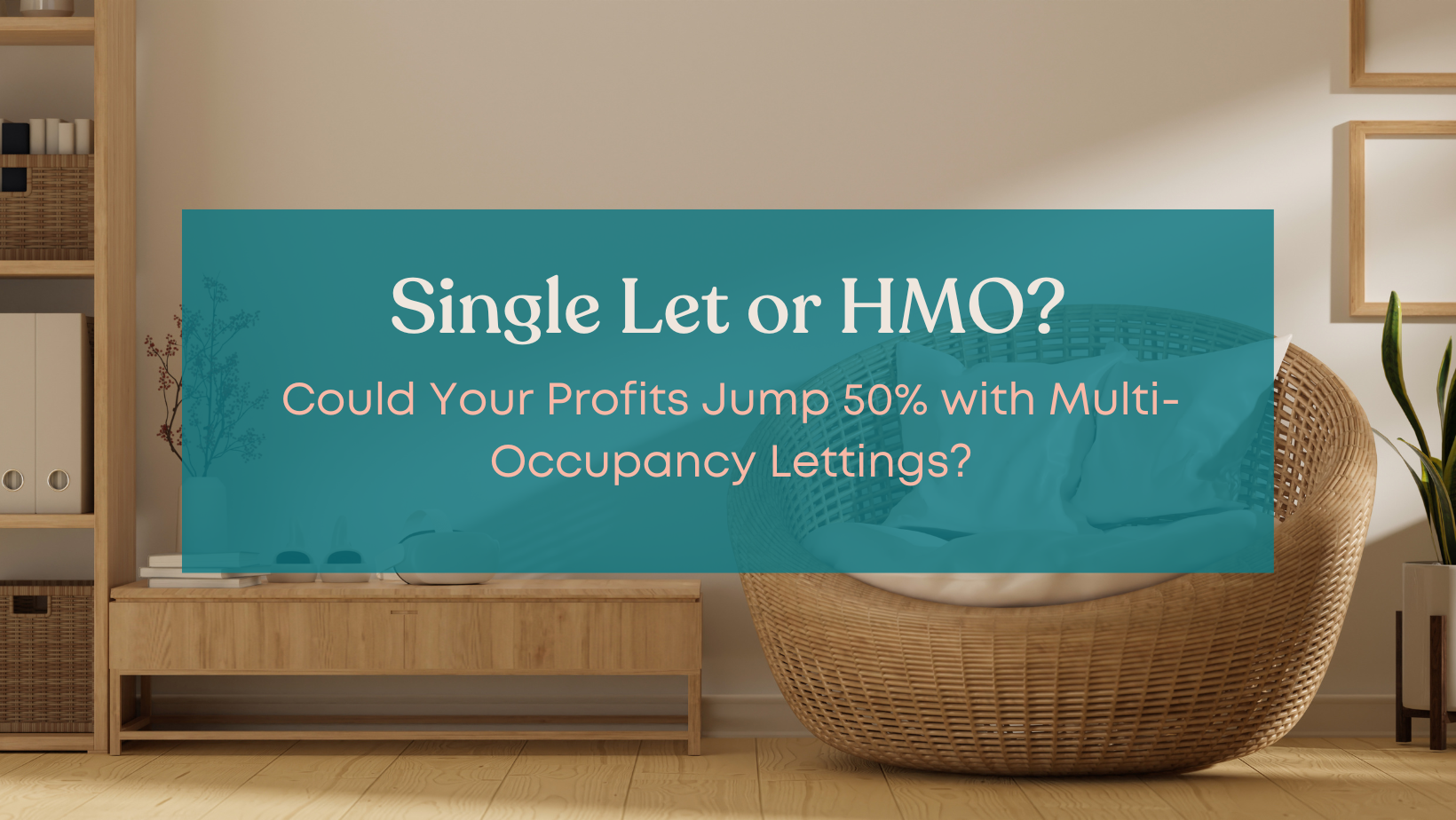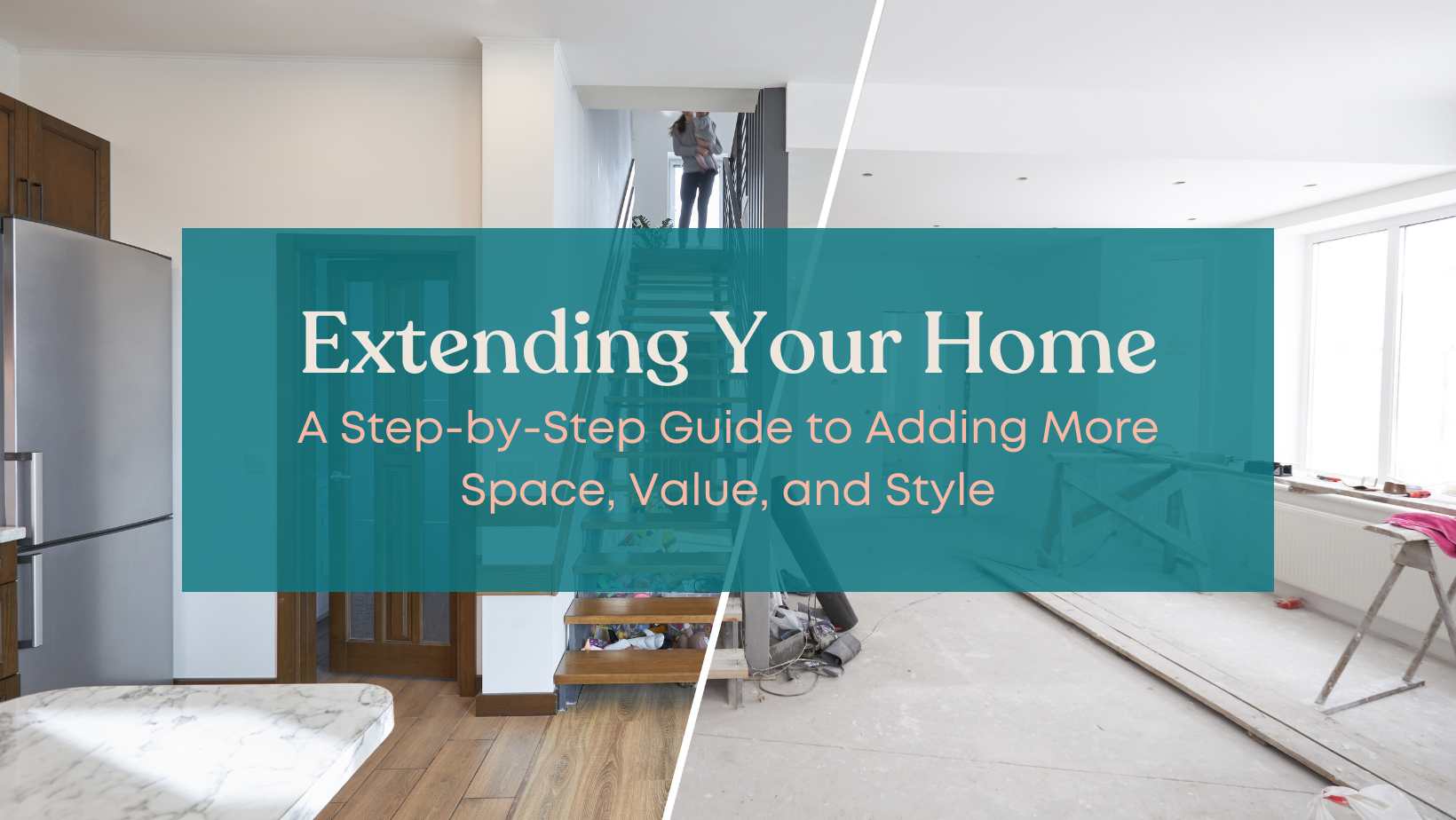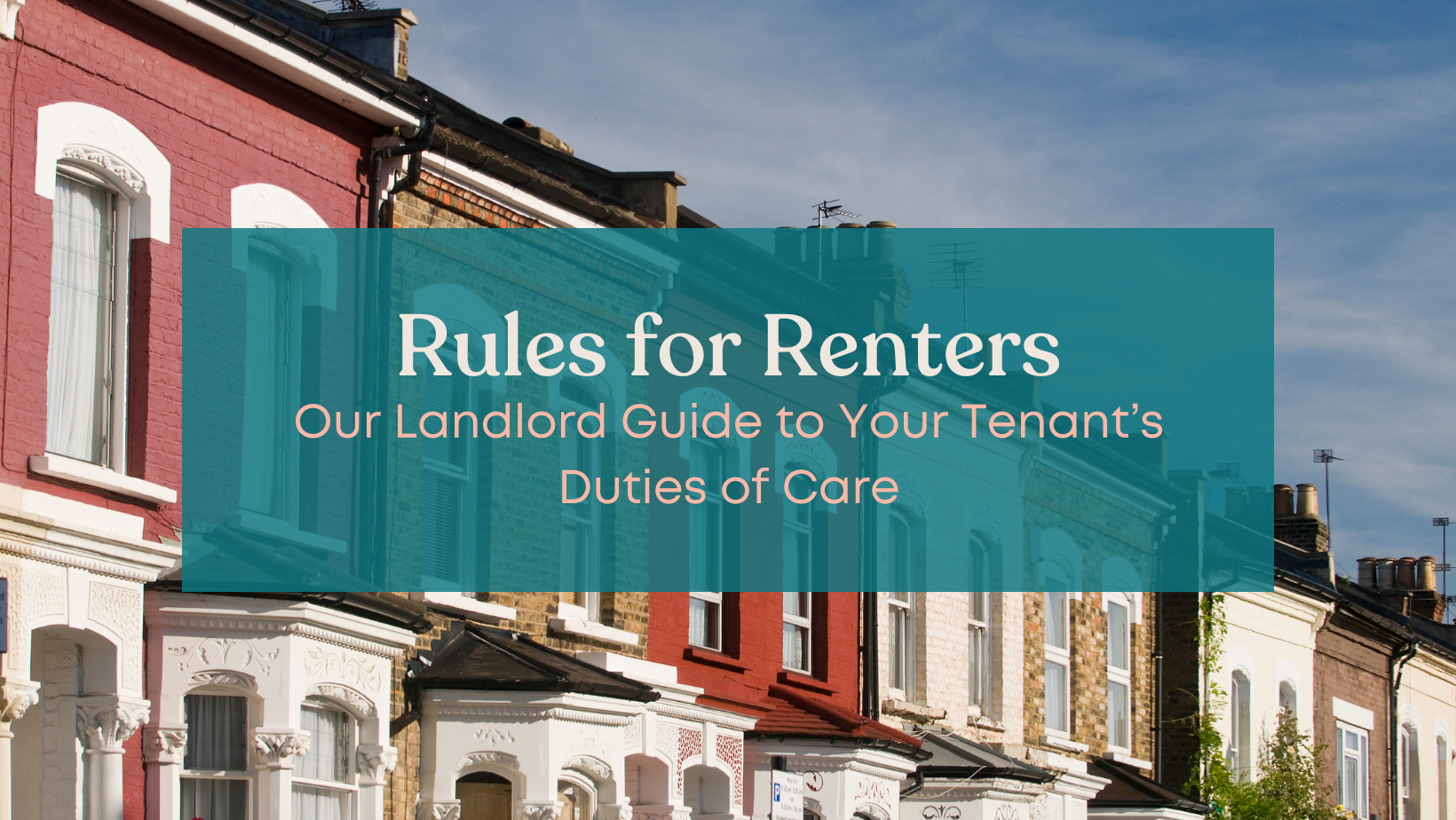If you’re looking for ways to boost your buy-to-let profits, converting your rental home to a House in Multiple Occupation (HMO for short) could be the answer.
HMOs have exploded in popularity as an option for landlords to increase their income by letting out a property as individual rooms, rather than as a single home.
For instance, a four-bedroom, two-living-room family house with two working parents and three children could become a six-room HMO with six income-earning adults.
When asked by The Times, brokerage Mortgages for Business put average yields for HMOs at 7.5%. That’s a 50% leap from the 5% average of renting to a single family.
However, complex regulations and extra management mean HMOs aren’t for every landlord or property. With that in mind, we’ve put together some balanced guidance, including:
- An overview of HMOs.
- The benefits of an HMO over a single let.
- HMO licensing and planning laws.
- The downsides of an HMO.
- Extra HMO operating costs.
So, if you’re wondering whether the world of HMOs is right for you, you’re in just the right place to find out!
AN OVERVIEW OF HMOs
A House in Multiple Occupation is defined as any residential property let to three or more adults who rent their rooms individually and share toilet, bathroom or kitchen facilities.
- The best HMOs are near major employment centres like business districts, retail parks and hospitals. High demand is key: it’s not as simple as buying a large house anywhere.
- Bedrooms for adults in licensed HMOs must be at least 6.51m2 for one person and 10.22m2 for two, and there should be one communal bathroom for every four tenants.
- While you can dispense with a shared living room, you must provide communal space for cooking and eating, starting at 17m2 for a four-person HMO and rising from there.
Finally, each tenant should have their own tenancy agreement covering their room and shared areas, with a deposit taken and protected in the same way as a single let.
HMO BENEFITS OVER SINGLE LETS
With rents going up and up, tenants are adjusting their expectations around what they’ll get for their money, which opens up new options and advantages for landlords, including:
- An excellent market for a high-quality HMO that gives you more income per room while giving a tenant lower costs than renting an entire home.
- A virtually non-existent risk of your property ever being completely empty when each room is individually let on a separate tenancy.
- More frequent rent reviews as different tenants come and go, meaning your income and yield can rise more often than with a single let.
We also find that many HMO landlords operate through a limited company, so they can deduct 100% of the mortgage interest from the profits before paying tax - a considerable saving!
HMO LICENSING, PLANNING & SAFETY LAWS
The law for HMOs can feel inconsistent between national and local authority policies, but here are some of the main regulations you’ll encounter.
- Planning classes are divided into C4, which covers small HMOs of three to six people, and Sui Generis, which covers large HMOs of seven or more.
- A licence (valid for five years) is mandatory for any HMO let to five or more tenants, and some local authorities require smaller HMOs to be licensed as well.
- Fire safety requirements include a mains-powered fire alarm, extinguishers on each floor, smoke alarms and fire doors with closers in each unit, and clear escape routes.
- Most local authorities don’t require a planning application to convert a home into an HMO for up to six tenants, but some do (which gives neighbours a chance to object).
Given the rules for an HMO in Castle Point may differ from those elsewhere, it’s a wise move to check the relevant council’s website before you invest in buying or converting a property.
HMO DRAWBACKS
There are plenty of positives to owning an HMO, but there are some downsides to bear in mind as well. They may not be dealbreakers for you, but it’s better to keep surprises to a minimum.
- There are fewer insurers and mortgage lenders for HMOs, meaning less choice and higher costs, but you could save money with portfolio products for multiple properties.
- When you come to sell, your sale price may be lower if you’ve installed fire lobbies and doors that a buyer wants to remove to reinstate the original look of a single home.
- You’ll have a higher turnover of tenants, which means more money and time spent on advertising, referencing, inventories, check-ins, check-outs and agency fees.
Finally, although it’s not a legal requirement, you’ll be expected to provide furniture, all of which must comply with health & safety regulations and have the fire safety labels intact.
EXTRA HMO OPERATING COSTS
As you might imagine, there’s more to running an HMO than a single tenancy. As well as shorter average stays and extra admin, there are some additional costs to consider.
- Although your rental income will be higher, you pay all the utility bills and council tax, plus your tenants will expect fast internet - so remember to budget for those costs.
- With no tenant responsible for the communal areas, you’ll need to arrange and pay for regular cleaning of shared spaces like hallways, bathrooms and kitchens.
- As your property will be let to multiple tenants on separate tenancy agreements, you’ll need to fit locks to every room you rent out.
On the upside, as room rents have risen and the number of HMOs has increased, more letting agents now manage them, giving you more choice in who you trust your property to.
Is owning an HMO right for you?
If you’re thinking of converting a rental property to an HMO in Benfleet or Wickford and you’re wondering how suitable or profitable it could be, why not get in touch?
Call us on 01268 944104 or email us at lettings@vesta-essex.co.uk to speak with one of our team - we're here to make your life as a landlord as enjoyable and successful as possible.


 By
By 
 By
By 
 By
By 

Share this with
Email
Facebook
Messenger
Twitter
Pinterest
LinkedIn
Copy this link